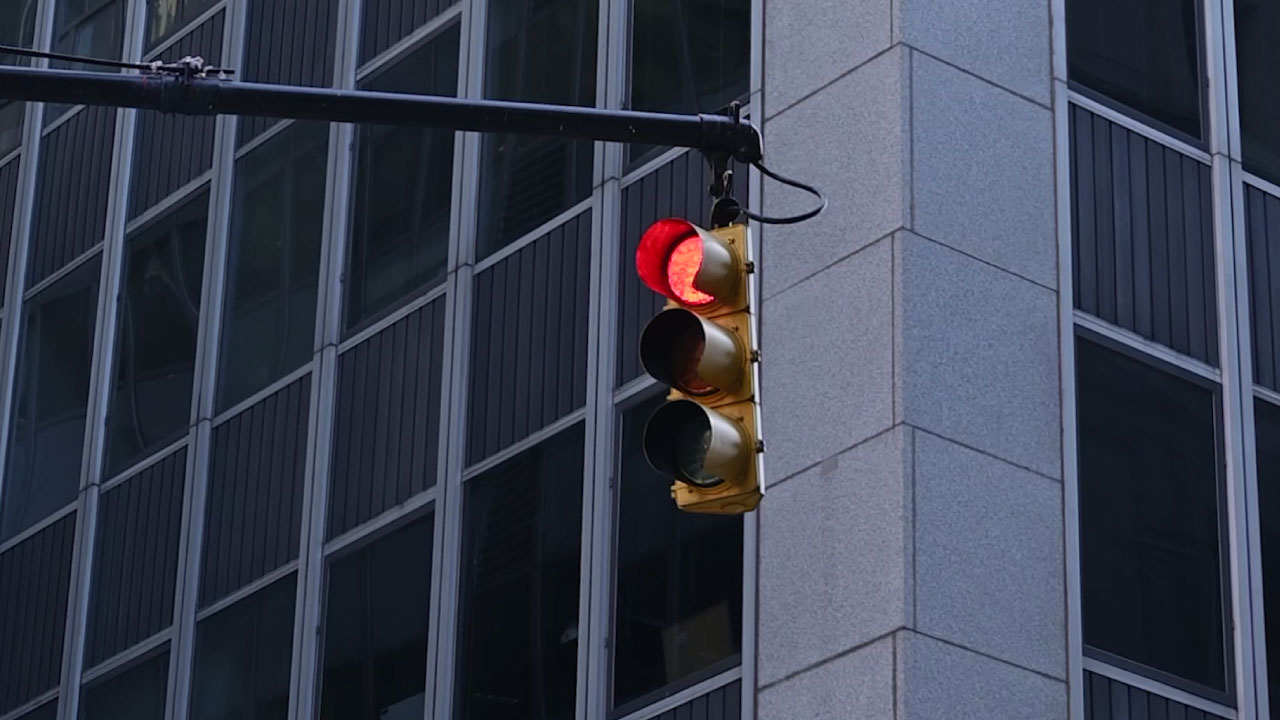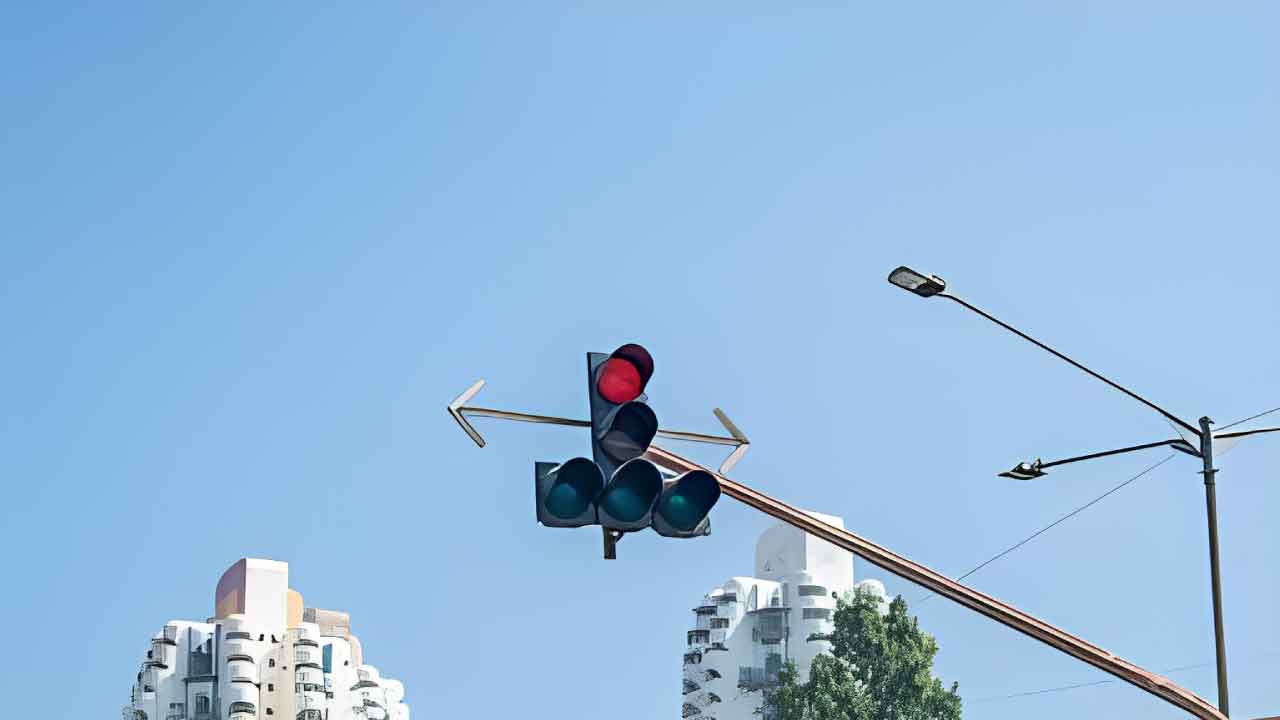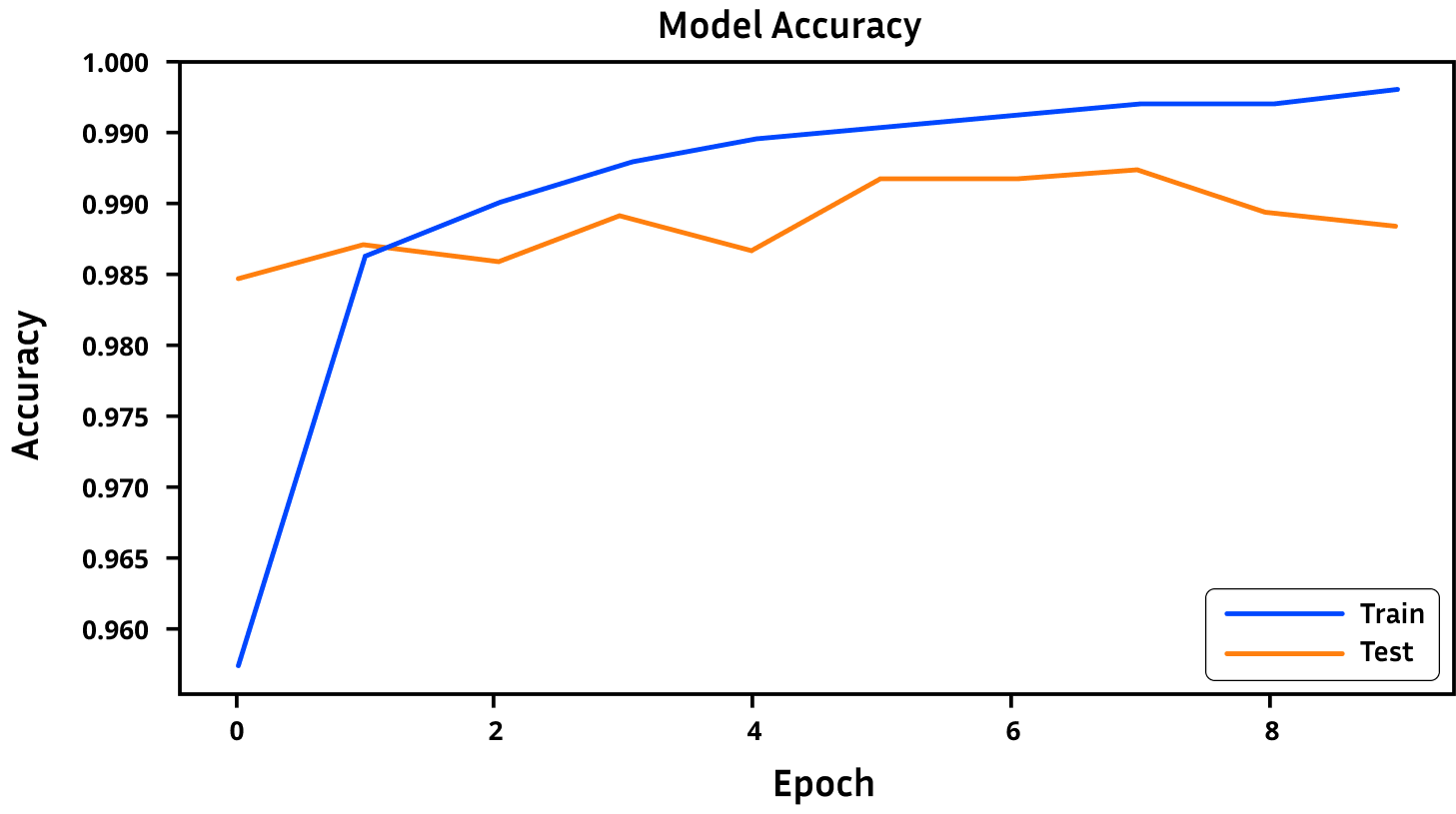Camera-Powered Detection
Utilizes high-resolution cameras to capture and analyze images of traffic lights and signals. Advanced computer vision algorithms determine the state (red, green, yellow) and position of the lights relative to the vehicle.
Our advanced technology takes the guesswork out of traffic lights and signals. MirageX's system detects and interprets traffic control devices, allowing your vehicle to respond intelligently. Say hello to a safer and more efficient journey with MirageX at your side.

Utilizes high-resolution cameras to capture and analyze images of traffic lights and signals. Advanced computer vision algorithms determine the state (red, green, yellow) and position of the lights relative to the vehicle.
Employs machine learning and deep learning models to educate the system in recognizing various traffic signals, including traditional lights, pedestrian crossing signs, and regulatory markers.
Integrates with additional sensors such as LiDAR and radar to bolster accuracy and resilience in diverse environmental conditions, including situations with low visibility due to factors like fog or heavy rain.
Swiftly processes sensor data and image analysis for immediate feedback to the vehicle's control system, enabling rapid responses to dynamic traffic signal changes.

Automatically identifies traffic light states (red, green, yellow) to aid in vehicle deceleration and acceleration at intersections.
Gathers traffic signal timing and congestion data to optimize traffic flow and alleviate urban congestion.
Elevates intersection safety by alerting drivers to impending red lights or imminent yellow lights.
Detects pedestrian crossing signals, ensuring pedestrian safety and alerting drivers when pedestrians have right of way.
Facilitates the integration of autonomous vehicles, enabling them to comprehend and respond to traffic signals, ensuring safe navigation through intricate urban landscapes.

The learning curve with relative training set sizes illustrates an increase in model performance as the training dataset grows, demonstrating the positive correlation between dataset size and improved model accuracy
The observed decline in test accuracy can be attributed to the constrained diversity within the dataset
As the training set sizes increase relative to the test set, the model encounters difficulties in generalizing to unseen data
The limited variability in the dataset hampers the model's ability to capture a wide spectrum of patterns, resulting in decreased performance on the test set
This emphasizes the importance of a more diverse and representative dataset to facilitate better generalization, allowing the model to effectively learn and adapt to various scenarios beyond the constraints of a narrow dataset distribution